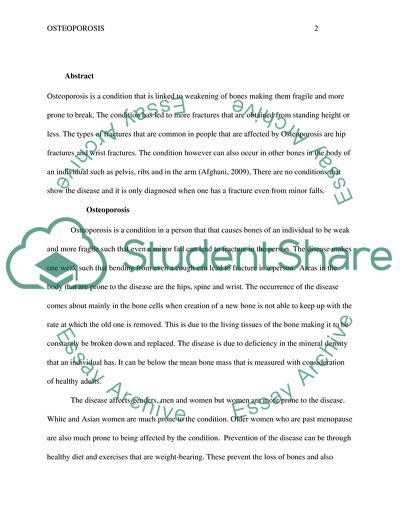Cite this document
(Osteoporosis Term Paper Example | Topics and Well Written Essays - 1750 words, n.d.)
Osteoporosis Term Paper Example | Topics and Well Written Essays - 1750 words. https://studentshare.org/biology/1866305-osteoporosis
Osteoporosis Term Paper Example | Topics and Well Written Essays - 1750 words. https://studentshare.org/biology/1866305-osteoporosis
(Osteoporosis Term Paper Example | Topics and Well Written Essays - 1750 Words)
Osteoporosis Term Paper Example | Topics and Well Written Essays - 1750 Words. https://studentshare.org/biology/1866305-osteoporosis.
Osteoporosis Term Paper Example | Topics and Well Written Essays - 1750 Words. https://studentshare.org/biology/1866305-osteoporosis.
“Osteoporosis Term Paper Example | Topics and Well Written Essays - 1750 Words”. https://studentshare.org/biology/1866305-osteoporosis.


